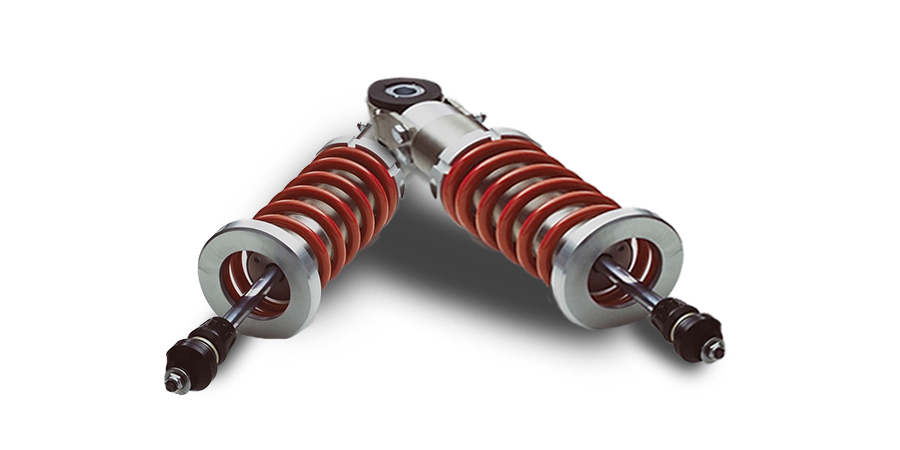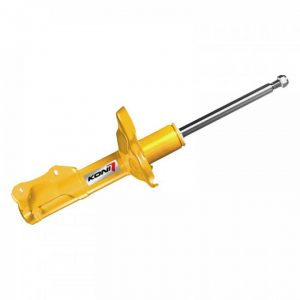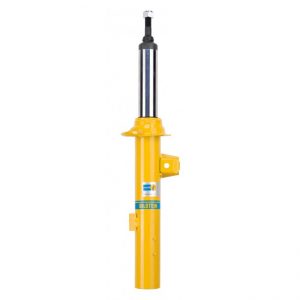TRD CHASSIS / SUSPENSION
Suspension is critical to the overall performance of a vehicle because it affects how each one of the tires remains in contact with the pavement, and that affects ride and handling:
- Ride: a vehicle’s ability to “smooth out” a bumpy road.
- Handling: a vehicle’s ability to respond to acceleration, braking and cornering forces.
THERE ARE TWO BASIC TYPES OF SUSPENSION:
- Independent – allows each wheel to react independently to the ruts and bumps in a road – that way, when one wheel hits a bump, none of the other wheels are affected.
- Rigid – this is an axle where the left and right wheels are connected, so when one wheel hits a bump, the other wheel reacts as well. A rigid axle (also known as a solid axle) is most often used in truck applications because it can handle a heavier load.
A variety of components affect ride and handling, including spring rates, shock absorber damping, stabilizer bar configuration, suspension geometry and chassis rigidity.
When it comes to suspension, it's all about the physics of keeping all four tires in touch with the road for maximum traction and optimum control. TRD suspension components help minimize body lean, making it easier to transition from one turn to the next.
Ride = a vehicle's ability to "smooth out" a bumpy road.
Handling = a vehicle's ability to respond to acceleration, braking and cornering forces.
CORNERING COMPARISON
TRD Suspension reduces understeer and allows higher cornering speeds and tighter turning radii.

SLALOM COMPARISON
TRD Suspension allows flatter, more precise handling with less body roll for faster slalom times. This allows for higher speeds and greater control.

CHASSIS STABILITY
TRD Sway Bars are precision fitted to your vehicle's chassis. This rigidity responds with a flatter, more stable cornering stance. They reduce understeer, providing a more responsive feel, while preserving the secure handling of the original steering and suspension systems.






